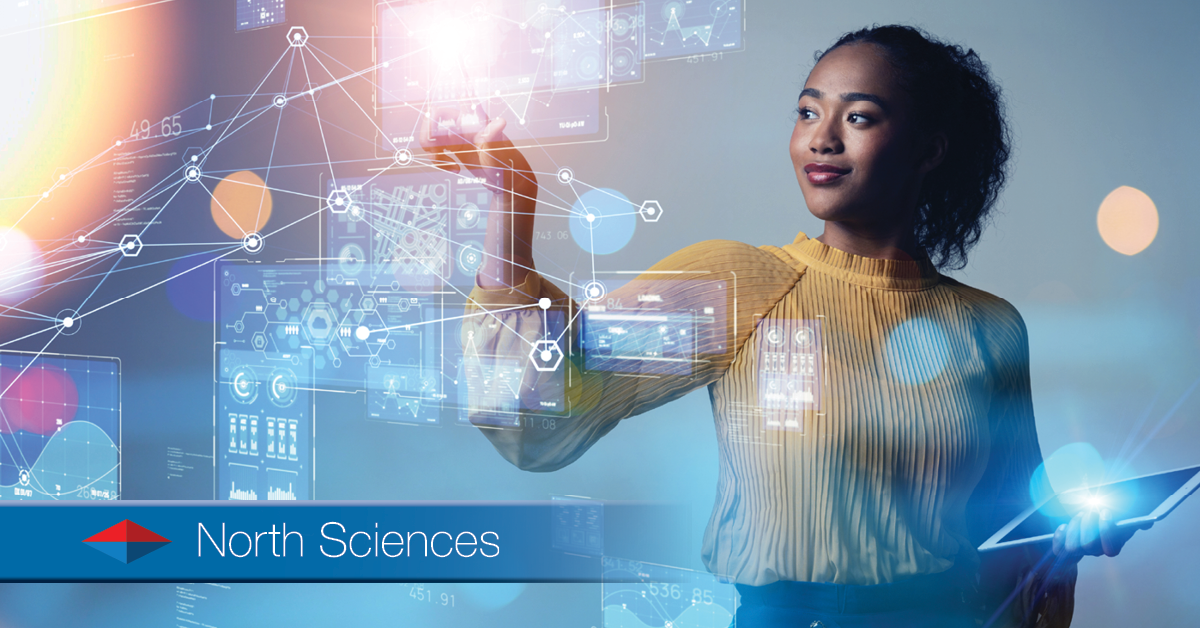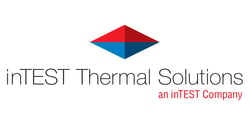The Future of Cloud Monitoring in Laboratories

All Lab equipment is designed to sustain specific conditions for operation, either consistent temperatures when it comes to Cold Storage, Ovens or Incubators or speed for centrifuges etc.
If these are maintained and operated properly, they will reliably make analysis or research publications valid.
Because samples and specimens are sensitive to fluctuating conditions, for freezers & refrigerators per example, some safeguards are in place to warn against thermal threats. Most laboratory-grade freezers are equipped with onboard alarms that go off when the temperature is not as consistent as it should be. Some alarms also indicate breaks in the airtight seals or incompletely closed doors that may allow warm air into the interior.
Whatever the type of safeguards, they will only work well if you are in the lab to take action immediately. If those alarms trigger at times when no one is in the lab, no one can fix the issues. The integrity of the studies or analysis are therefore jeopardized.
This is where cloud monitoring comes in. In today’s connected world, even laboratories have taken advantage of the power of cloud computing. Lab Equipment works a lot like IoT (Internet of Things) devices like smart phones and smart speakers, connecting to the internet to share data to the cloud.
Here are three key advantages of cloud monitoring, particularly in the field of Cold Storage.
Monitor freezer temperatures anytime, anywhere
Cloud monitoring allows you to keep track of freezer temperatures 24/7 and in real time. At any time, wherever you may be in the world, you can check the temperatures of your ULT freezers as well as other aspects like refrigerant level, compressor status, and the like. It is as easy as opening an app on your phone, and all relevant information can be accessed in one dashboard.
Should there be any anomalies, you can immediately call for a technician or your lab manager to address the issue.
Track actions like door opening and closing.
ULT freezers are meant to be opened if someone needs to get samples inside. However, freezer doors must not be opened and closed excessively and for prolonged times to preserve the temperature of the contents.
Cloud monitoring lets you keep track of how many times the freezer was opened and closed, as well as for how long the doors were left open. If your ULT freezer has a biometric lock, you can even find out who opened the doors at specific times.
If someone forgot to securely close or latch the door, cloud monitoring makes you aware of that as well.
Records of data are automatically kept
Cloud monitoring includes logging of all important data collected by the sensors in your ULT freezers. That means you don’t have to worry about keeping a record of all that data; it’s automatically saved in the cloud.
You can access historical data to assess freezer performance. This data can also help you determine if it needs maintenance or repair.
The Next steps in Cloud Monitoring is integrating AI.
There are at least 2 Powerful Things AI Can Do for Your Lab
Artificial intelligence (AI) has gone far since being a staple of science fiction in the 20th century. Now, AI is a science fact, and it is quickly gaining ground. Modern AI can write, paint pictures, and compose music, among other remarkable things.
The main thing about modern AI is its ability to learn patterns from data. This is helpful in projecting or predicting future events. AI can accurately determine the probability of certain events occurring given specific patterns in a dataset.
Labs can reap huge benefits from AI as well, such as these.
Monitoring equipment performance and health
Machines in the lab inevitably break down, either due to wear or misuse. In most cases, telltale signs can appear before a major malfunction occurs. But some of these signs are not so obvious, and this is where AI can help out.
Take an ultralow temperature (ULT) freezer as an example. ULT freezers must provide consistent temperatures to preserve biological samples for extended periods. Usually, they operate at -80º C.
A freezer might not always be at -80ºC flat. There may be slight variations of a few tenths or hundredths of a degree. Normally, this is fine, as long as there is not too much deviation from the set temperature. However, larger variations can deteriorate samples.
Significant temperature fluctuations may be a sign of a malfunction or an impending failure. To a human being, these fluctuations may not be quite apparent, but to an AI, it can be.
AI can help prevent the onset of freezer malfunction by monitoring different data points. These include:
- Temperature trends over time
- Electricity usage
- Compressor uptime
- Ambient temperatures
If the AI detects trends in the data correlated with freezer failure, it can automatically send an alert to you, your lab manager, or both.
Optimizing equipment use
AI has the notable ability to learn and recognize patterns with ease. These abilities of AI can also help you use your lab equipment more efficiently.
For example, an AI can determine the relationship between sample placement and interior temperature in a ULT freezer. The AI can then recommend how best to arrange samples in the freezer to ensure consistency of temperature throughout the whole interior.
AI may also recommend measures to cut down electricity use of lab equipment. Suppose a lab AI is connected to the lab’s central database as well as shared databases from labs around the world. The AI can look at trends in ULT freezer data.
As the AI scours through the data, it may find that samples can be safely preserved at a higher temperature, such as -70ºC. Coupled with analyzing electricity usage data, the AI can then suggest setting your ULT freezer to -70ºC to save energy.
AI has a lot more applications in the lab, which can make the life of a researcher a lot easier. You can have more time to produce publishable results instead of maintaining equipment.
I envision a future where cloud monitoring, combined with artificial intelligence will provide completely new methods for laboratories.
The immense load of data processed by AI combined with the performance of leading-edge computers could open a world of opportunities and change the face of how laboratories are managed.
On top of that, as a merging of virtual, augmented, and physical reality, the Metaverse can provide the means to achieve fully integrated laboratory monitoring, assistance, and feedback loops technology.
Think about enhanced monitoring of all the variables involved in analysis and processes, ensuring a whole new level of safety, quality, and convenience.
The immersion in the digital world would help users gain access to valuable data and insights, like a huge databank of white papers and publications that would facilitate access to infographics, data, feedback results, and other accurate information to make smart data-driven decisions.
This could change the way laboratories handle their experiments, enabling them to track their products all throughout their journey. This technology could be made available in the near future with the help of the Metaverse.
Jean Fallacara
Bio: Jean Fallacara, Managing Director at inTEST (NYSE: INTT)
Engineer in Biotechnology with a specialization in Virtual Reality and Augmented Reality from the M.I.T is an expert in Cold Storage with integrated monitoring systems.
